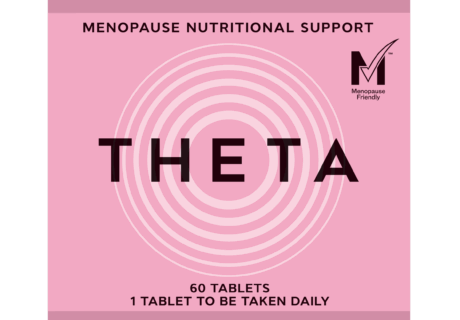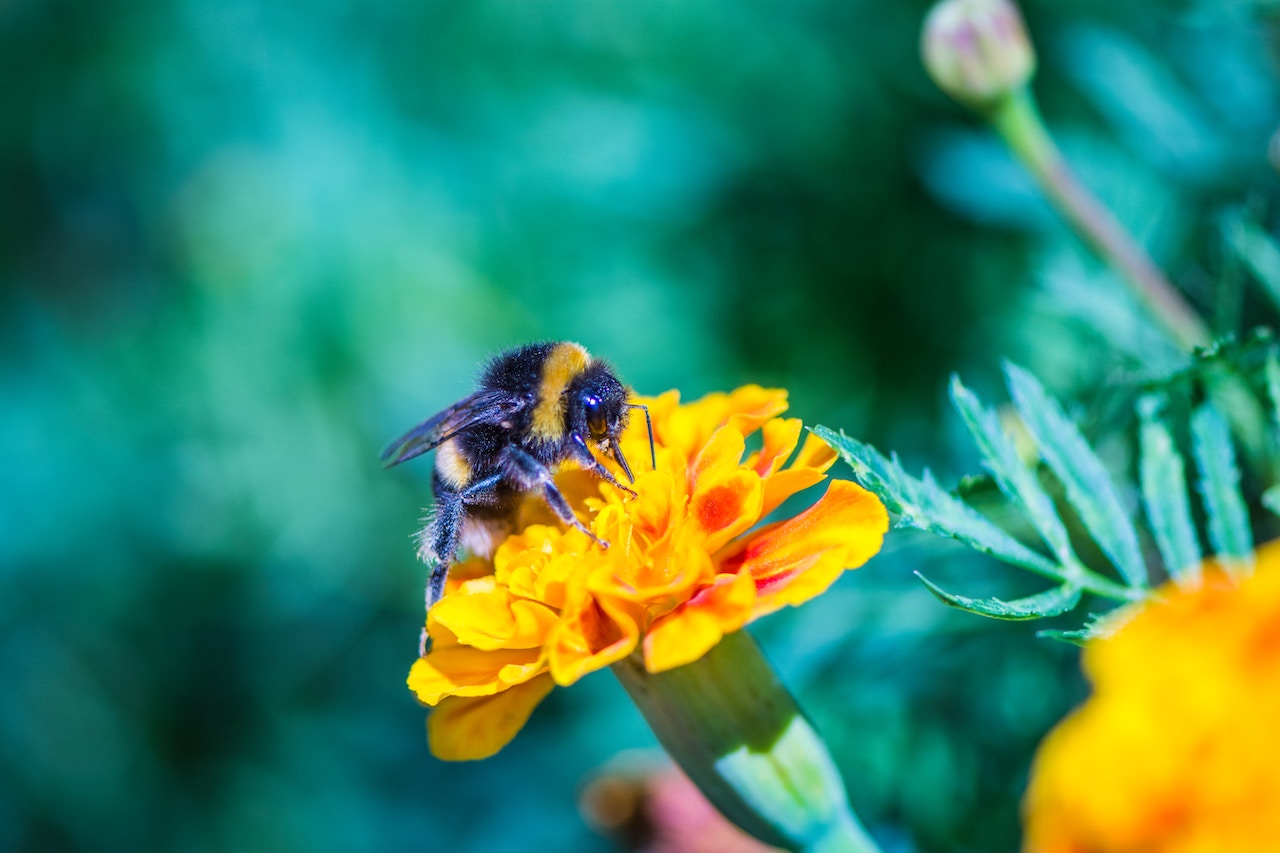European farmers can produce significantly more food for less by transition to regenerative agriculture, compared to average conventional practices, a new landmark study launched by the European Alliance for Regenerative Agriculture (EARA) shows. The study that benchmarks 78 regenerating farms in 14 countries covering over 7,000 hectares against their neighbouring and national average conventional farmers, demonstrating that Europe’s food security is not in fact dependent on high-input chemical agriculture, but instead on a symbiotic and innovative relationship with nature.
The myth that only the status quo of conventional, synthetic input-heavy agriculture can feed Europe “and the world”, is just that, a myth. Reliance on conventional agricultural practices and methods actually puts Europe “and the world” at risk due to ever more fragile yields, rising input quantities and costs, increasing economic pressure on farmers and severe exposure to losses to the whole agri-food system due to climate instability. Already for 2025 the European Commission estimates the realistic loss in agricultural revenue and thus food security to be EUR 60 billion for Europe. By 2050 that loss is forecasted to grow to EUR >90 billion.
EARA’s landmark study was undertaken by 11 researchers supported by several top institutions around the world and led by EARA’s pioneering farmers. It shows that climate resilience, food security, improved economic returns for farmers and for the food supply chain as a whole, are not only possible through regenerating forms of agriculture, but actually achievable, while also supplying the crucial foundations of climate adaptation for the whole of the European society (with regard to flood, heat and drought mitigation).
Europe’s food security is not in fact dependent on high-input chemical agriculture, but instead on a symbiotic and innovative relationship with nature
Pioneers of regenerating forms of agriculture who are stemming from Agroecology, Agroforestry, Conservation Agriculture, Organic Agriculture, Animal Husbandry, Market Gardening, Holistic Planned Grazing and other practices, all exceed in input reduction, biological improvements and yield resilience, while achieving regenerative outcomes in their particular context. By regenerative outcomes we mean the continuous improvement of all decisive productivity factors.
The farmers were identified and invited to this study as leaders of Europe’s Regenerating Movement. The participating farmers are members of EARA, as well as other pioneering farmer associations such as CNA and ECAF; in consultation with private sector pioneers like Unilever and Soil Capital; or regional initiatives such as the Iberian Association of Regenerative Agriculture, Baltic Sea Action Group (BSAG), Greenotec or WeAreTheRegeneration.

Result Figures
The study introduces a new Regenerating Full Productivity Index (RFP), developed by pioneering farmers, researchers and agronomists, to describe all decisive productivity factors for regenerating forms of agriculture. RFP is a multidimensional and easily measurable index that is operable from international governance to field level.
This study informs how a future Common Agriculture Policy and agricultural policies that reward farmers’ results-based agroecological performance, rather than practices, can be designed and efficiently operationalized. At the same time, it provides the urgently necessary data to inform crucial financial instruments, such as operational risk transition insurances for farmers.
Between 2020 and 2023, pioneering regenerating farmers achieved, on average, just 1% lower yields in terms of kilocalories and proteins, while using 62% less synthetic nitrogen fertiliser and 76% less pesticides (g/active substance) per hectare.
In comparison to average farmers in Europe importing >30% of livestock feed from outside the EU, the assessed pioneers achieved their yields using no feed from outside their bioregion.
This study informs how a future Common Agriculture Policy and agricultural policies can be designed and efficiently operationalized
From 2018 to 2024, these pioneers achieved over 15% higher photosynthesis, soil cover, and plant diversity on their fields compared to neighbouring fields, marking a significant advantage. Over the past 7 years, the pioneers achieved a 17.2% increase in total soil cover and a 17.1% increase in total photosynthesis compared to conventional farmers.
Critically, for climate mitigation, their fields recorded average surface temperatures over 0.3°C cooler during summer months than surrounding agroecosystems.
In total, from 2020 to 2023, they delivered over 27% higher Regenerating Full Productivity (RFP) than the average European farmer, with gains ranging from 24% to 38% across the 14 countries studied.
Undertaken in order to provide data that encourage following the lead of the pioneers, the study estimates European farmers across the board could mitigate 141.3 million metric tonnes of CO2e per year already in the first years of transition, which is about 84% of the net greenhouse gas emissions from the EU agricultural sector.
After 3-7 years of transition, Europe’s agricultural sector would quickly be nature and climate positive, while assuring food and fiber security, critical climate adaptation and nature regeneration for the whole of European society. EARA holds that the results of the leap in agricultural productivity are not only valid for Europe, but across the world.
- Access EARA’s full report here
The article Farmer-Led Research Shows The Realities of Producing More and Better with Less: Place-Based Innovation for the Economy, the Society and the Environment sappeared first on Bio Eco Actual.






